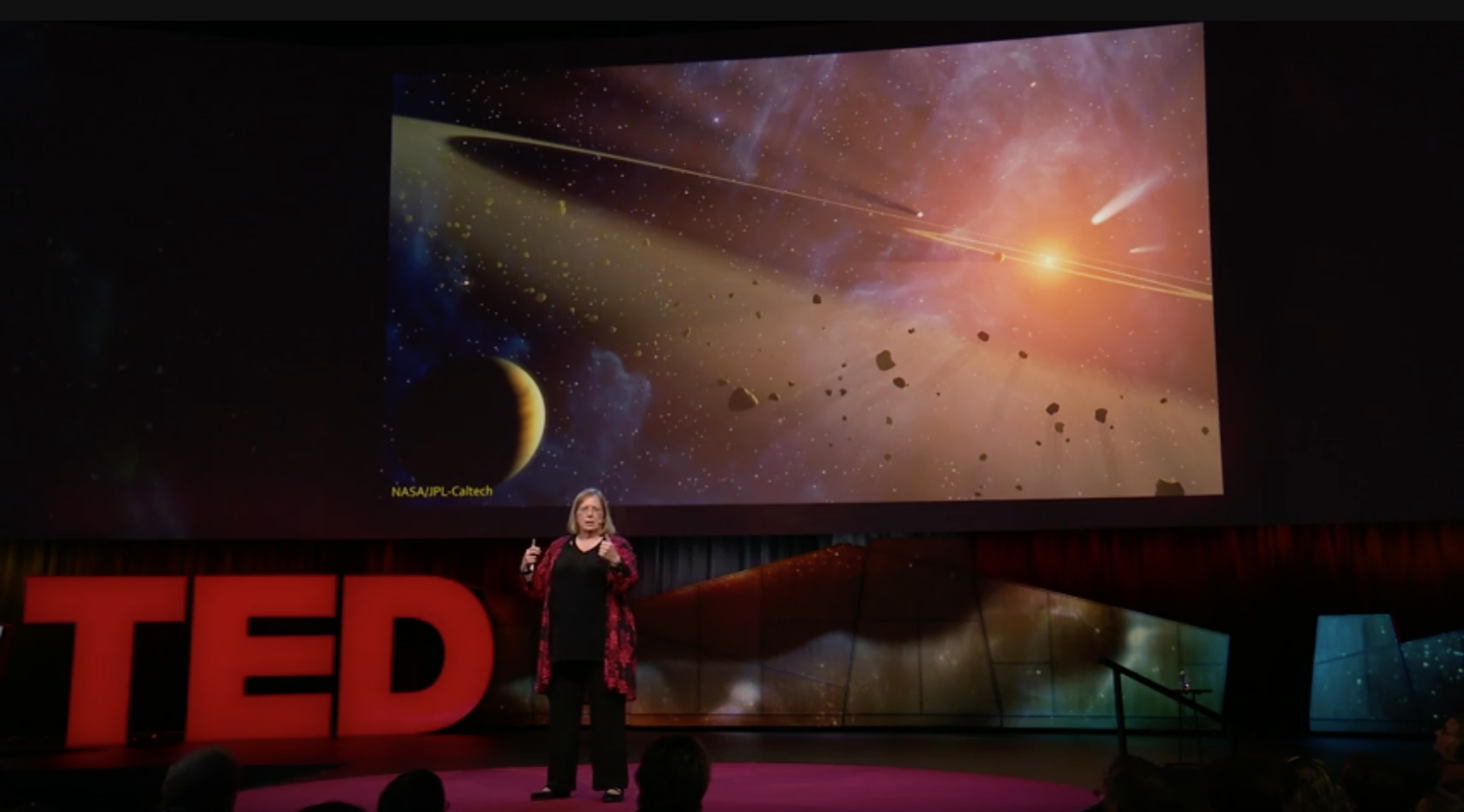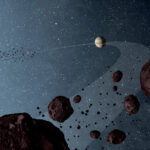Oumuamua: Asteroid from Another Star System
In October 2017, astrobiologist Karen J. Meech got the call every astronomer waits for: NASA had spotted the very first visitor from another star system. The interstellar comet — a half-mile-long object eventually named `Oumuamua, from the Hawaiian for “scout” or “messenger” — raised intriguing questions: Was it a chunk of rocky debris from a new star system, shredded material from a supernova explosion, evidence of alien technology or something else altogether? In this riveting talk, Meech tells the story of how her team raced against the clock to find answers about this unexpected gift from afar.
Oumuamua is moving on an open hyperbolic trajectory with an eccentricity of 1.23 through our solar system, which is why astronomers were quickly able to identify it as an interstellar object. Orbital trajectory calculations indicate that the asteroid came in from the direction of Vega in the constellation Lyra. It is exiting the solar system on a trajectory that will take it into the great square of the constellation Pegasus.
Oumuamua has a complex rotational motion. It spins on its axis approximately every seven hours and 20 minutes. The asteroid is also unusually shaped. Based on variations in observed brightness and the rotation of the asteroid, models indicate the asteroid is approximately five times as long (~800 meters) as it is in diameter (~160 meters).
Oumuamua has a dull red color. Scientists think its surface was reddened by cosmic rays while it is travelling through interstellar space. The object is dense and rocky or metallic, with little dust or ice detected. No coma of dust and gas from Oumuamua is visible in telescopes, as would be the case with a typical comet.
This talk was presented at an official TED conference. Karen J. Meech is an astronomer who investigates how habitable worlds form and explores the bigger picture of whether there is life elsewhere in the universe. Read this article by Steven Spence to learn more about the interstellar asteroid ‘Oumuamua.




